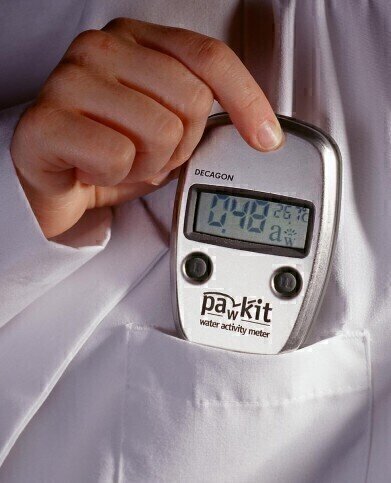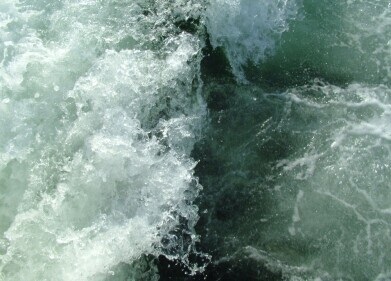Environmental Laboratory
Portable Water Activity Meter Helps Scientists Search for Life in Dry Valleys
Sep 24 2010
Scientists from the New Zealand Terrestrial Antarctic Biocomplexity Survey (nzTABS) project are using a Decagon Devices Pawkit portable water activity meter from Labcell (UK) to study soil samples and gain a better understanding of biodiversity in the McMurdo Dry Valleys of Antarctica.
The nzTABS project, which is hosted by the International Centre for Terrestrial Antarctic Research (ICTAR) at the University of Waikato, New Zealand, is investigating biodiversity in one of the world’s coldest and driest habitats by combining soil water activity data with the results from molecular genetic and geochemical analyses. Doug McCauley and Dr Charles Lee, both of the University of Waikato, have used the Pawkit for three successive field seasons, finding it a very simple and effective way to obtain water activity (aw) measurements immediately after soil samples have been collected. The instrument’s robustness, ease of calibration and simple operation make it a straightforward task to collect reliable aw readings that are accurate to +/-0.02aw.
With extremely low water content and relative humidity, together with low temperatures, the overall conditions in the McMurdo Dry Valleys are barely sufficient to sustain life. However, measuring water content and relative humidity are not reliable indicators of the sustainability of life, because other factors - such as the electrostatic forces around soil particles (the hygroscopic layer) and chemical bonding (hydration shells) - can trap the water, making it unavailable to organisms. On the other hand, water activity is a measure of the amount of water that is freely available, which is a far superior indicator.
Using the battery-powered, pocket -sized Pawkit is very easy: the user simply has to open the clamshell case, place the sample dish inside and press a button. Readings are obtained in just five minutes from samples of solid, liquid or powdered material, with an accuracy of +/-0.02 aw and a resolution of 0.01 aw over the instrument’s measurement range of 0 to 1.00 aw. A large, clear LCD display shows both the water activity value and the temperature at which the measurement was taken. Despite its small size, the Pawkit is a highly capable instrument thanks to the use of dielectric humidity sensor technology. The robust sensor permits operation in environmental conditions of 5-50 degrees C and 0-90% relative humidity, and it is easy to check the calibration at any time. Battery life is typically three years.
Digital Edition
IET 34.2 March 2024
April 2024
Gas Detection - Biogas batch fermentation system for laboratory use with automatic gas analysis in real time Water/Wastewater - Upcycling sensors for sustainable nature management - Prist...
View all digital editions
Events
Apr 30 2024 Melbourne, Australia
Apr 30 2024 Birmingham, UK
May 03 2024 Seoul, South Korea
May 05 2024 Seville, Spain
May 06 2024 Minneapolis, MN, USA


















